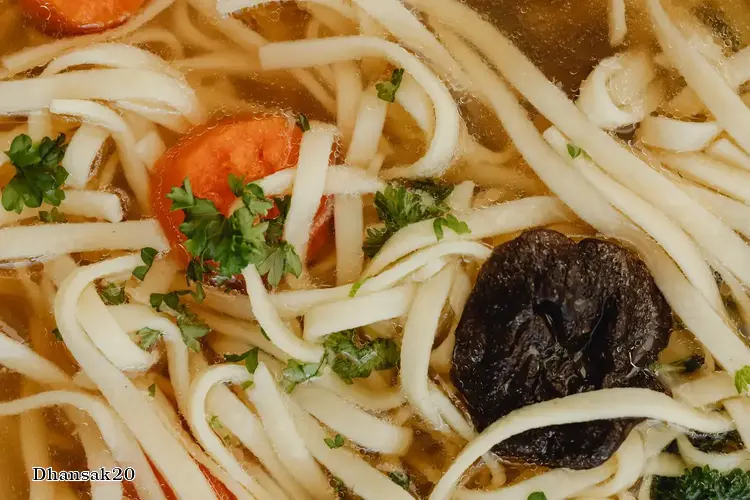

Origin and History:
Dhansak is a traditional Parsi dish that originated in the Indian state of Gujarat. It is believed to have been created by the Parsi community, who migrated from Persia to India in the 10th century. The name "dhansak" is derived from the Gujarati words "dhal" (lentils) and "saak" (vegetables).
Ingredients:
Dhansak is a complex and flavorful dish that typically includes the following ingredients:
Preparation:
Dhansak is a time-consuming dish to prepare, but the results are well worth the effort. The lentils are first cooked until tender. The vegetables are then sautéed and added to the lentils. The meat is browned and added to the pot. The spices are then added and cooked until fragrant. Finally, the yogurt is stirred in and the dish is simmered until the sauce has thickened.
Variations:
There are many variations of dhansak, depending on the region and family traditions. Some common variations include:
Serving:
Dhansak is typically served hot with rice. It can also be served with roti or naan bread. The dish is often garnished with fresh cilantro or mint leaves.
Nutritional Value:
Dhansak is a nutritious dish that is rich in protein, fiber, and vitamins. The lentils provide a good source of plant-based protein, while the vegetables provide vitamins, minerals, and antioxidants. The spices used in dhansak have anti-inflammatory and antioxidant properties.
Cultural Significance:
Dhansak is a beloved dish in the Parsi community and is often served at special occasions and festivals. It is also a popular dish in Indian restaurants around the world. Dhansak is a testament to the rich culinary heritage of the Parsi people and is a delicious and flavorful dish that is enjoyed by people of all cultures.
DISCLAIMER: This information is provided for general informational purposes only, and publication does not constitute an endorsement. Kwick365 does not warrant the accuracy or completeness of any information, text, graphics, links, or other items contained within this content. Kwick365 does not guarantee you will achieve any specific results if you follow any advice herein. It may be advisable for you to consult with a professional such as a lawyer, accountant, or business advisor for advice specific to your situation.
today
Copyright © 2025 KwickEAT.com
Designed by KwickPOS is the best restaurant POS